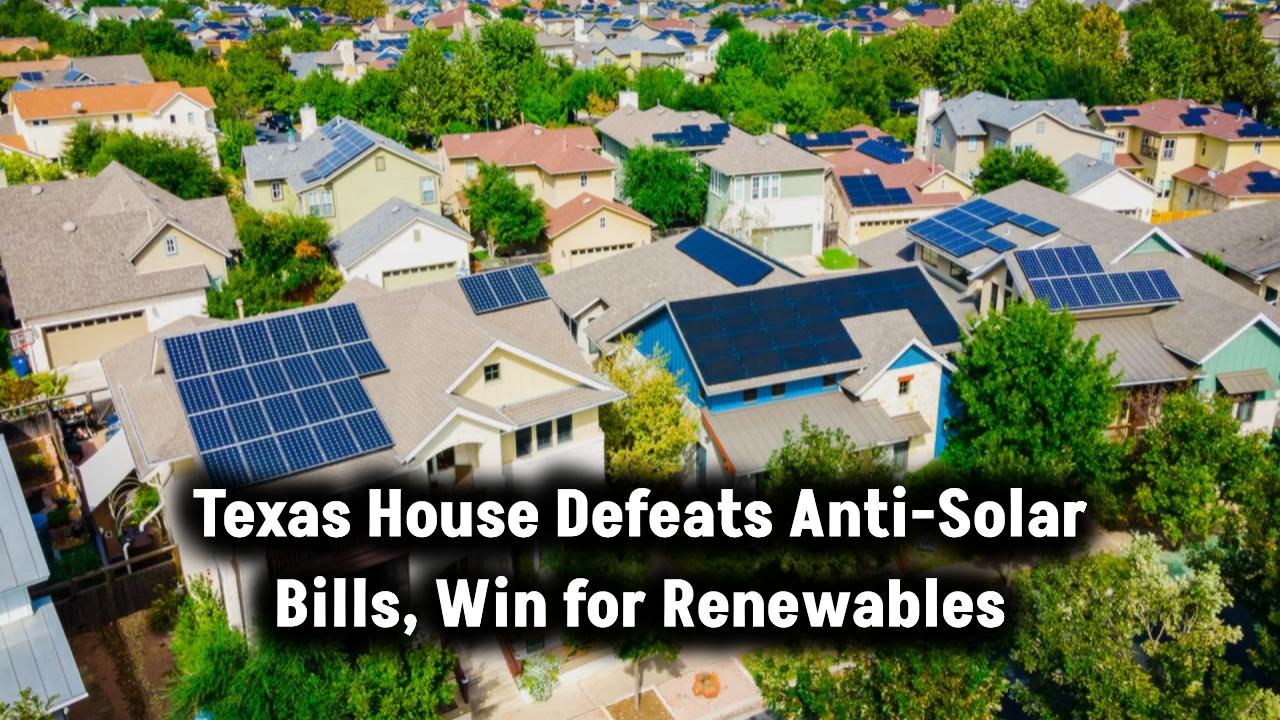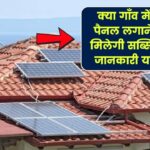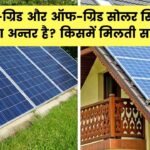
In the world of renewable energy, solar panels have long been hailed as the go-to solution for powering homes sustainably. But let’s face it—traditional rooftop panels aren’t always the prettiest addition to your house. That’s where solar skins come in. These futuristic overlays offer the same eco-friendly benefits of solar panels while seamlessly blending into your roof’s design.
So, can solar skins really replace those bulky traditional panels? In this guide, we’ll break it all down—how they work, what they cost, and whether they’re worth it for your home or business.
What Are Solar Skins?
Solar skins are essentially thin, printed films that sit on top of traditional photovoltaic (PV) panels. They don’t generate electricity on their own—instead, they act like decals that make the panels blend into your roof’s natural design. Whether you’ve got Spanish tiles, gray shingles, or even a company logo you’d like on the roof, solar skins can make it happen.
Developed by companies like Sistine Solar, these overlays use a technology called selective light filtration. That means they let certain light wavelengths pass through to power the panel, while reflecting others to show the visible image or pattern.
How Do Solar Skins Work?
The science behind solar skins is surprisingly elegant:
- Design Mapping: A high-resolution image of your roof is taken.
- Custom Printing: That image is printed on a light-permeable film.
- Installation: The skin is carefully aligned and placed on top of each solar panel.
- Operation: The panel works like normal—just with a more attractive exterior.
Because solar skins block a portion of light, they do cause a small drop in efficiency, typically around 10%. However, with today’s high-efficiency panels, this loss can be absorbed without much impact on your overall savings.
Why People Are Buzzing About Solar Skins
1. Curb Appeal Matters
One of the biggest reasons people hesitate to go solar is aesthetics. A 2017 study by Pew Research found that 23% of homeowners said appearance was a top concern when considering solar. Solar skins solve that problem by letting your panels blend in or even stand out—on your terms.
2. Great for Historic and HOA Neighborhoods
If you live in a historic district or under strict HOA rules, chances are standard black solar panels aren’t allowed. But solar skins can mimic clay tiles, slate, or wood shingles, keeping everyone happy while still generating clean energy.
3. Custom Branding
Businesses can use solar skins for dual purposes: energy generation and brand visibility. Imagine your company’s logo stretching across your headquarters’ rooftop, saving money and advertising at the same time.
4. Enhanced Property Value
Much like curb appeal, improved aesthetics can enhance home resale value. Potential buyers may be more attracted to a home that benefits from solar savings without the visual downsides. In certain markets, energy-efficient and visually cohesive upgrades are a plus.
5. Increased Adoption of Solar
By resolving aesthetic objections, solar skins could lead to broader adoption of rooftop solar. People previously hesitant may now join the renewable energy movement.
The Cost of Going Sleek
While solar skins are undoubtedly cool, they aren’t free. Here’s the financial rundown:
- Traditional Solar Panel Cost: $2.50–$3.50 per watt installed
- Solar Skins Add-On: Adds about 10% to your total installation cost
- Payback Period: Slightly longer due to reduced efficiency and higher upfront cost
So, for a 6kW residential system that costs $18,000, adding solar skins might push your total to $19,800. That extra $1,800 pays for aesthetics and customization.
Installation and Maintenance
Solar skins are typically installed during the initial panel installation—not as an afterthought. They must be aligned precisely to maintain image clarity and optimal performance.
Maintenance is simple:
- Clean like regular panels (soft cloth, mild soap)
- Avoid abrasive scrubbing or high-pressure washers
- Inspect every 12–18 months for wear or peeling
They may last 10–15 years, slightly less than the 25-year life of standard panels, which should be factored into long-term planning.
Are Solar Skins Right for You?
Ask yourself these questions:
- Do you care about your roof’s appearance?
- Do you live in a community with strict visual rules (e.g., HOA or historic zoning)?
- Can you afford a 10% higher upfront cost?
- Are you aiming for dual-purpose branding?
If you answered “yes” to two or more, solar skins might be a good fit.
Solar Skins vs Traditional Panels
| Feature | Solar Skins | Traditional Panels |
| Look | Customizable | Black, standard |
| Efficiency | Slightly reduced | Higher |
| Cost | 10% more | Standard pricing |
| Availability | Limited | Widespread |
| Lifespan | 10–15 years | 25+ years |
| Best For | Historic homes, HOAs, design-minded users | Cost-conscious energy users |
The Competition: Solar Shingles & BIPV
Solar shingles (like those from Tesla and GAF) are another alternative. They replace your roofing material entirely and double as solar panels. They’re sleeker than solar skins, but also more expensive—costing up to $4.50–$6.00 per watt.
Building-Integrated Photovoltaics (BIPV) go a step further, incorporating solar directly into glass walls, facades, and windows. BIPV is most commonly seen in commercial and industrial buildings due to higher setup costs.
Government Incentives Still Apply
Just because you choose solar skins doesn’t mean you lose out on tax incentives. The U.S. federal solar tax credit (ITC) still applies to the full installation cost, including the skins, as long as they are installed with the panels. In 2025, this credit remains at 30%, reducing your net costs significantly.
perovskite Solar Cells Explained: What They Are and Why They Could Revolutionize Solar Energy
(FAQs)
Q1. Do solar skins affect my energy production?
Yes, slightly. Expect about 10% less output due to light filtration.
Q2. Can I apply solar skins to panels I already own?
In most cases, no. They must be installed during initial setup for proper alignment and performance.
Q3. Are solar skins waterproof and UV-resistant?
Yes. They’re made from durable polymers that withstand rain, sun, and snow.
Q4. Are they available outside the U.S.?
Currently, solar skins are mostly a U.S.-based product, but some global expansion is underway.
Q5. How long do solar skins last?
Typically, 10–15 years, depending on weather conditions and maintenance.
Q6. What happens if I need to replace a panel?
You’ll need a new skin printed to match. Sistine Solar keeps design records for replacements.









